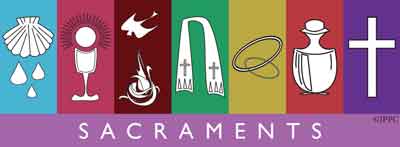
- This event has passed.

Saint Bridget of Sweden, Patron of Europe.
Saint Birgitta was the daughter of Uppland’s Lagman, Birger Petersson and his wife, Ingeborg, who was a member of the same clan as the reigning family. Birgitta’s family was pious; her father went to confession every Friday and made long and arduous pilgrimages as far away as the Holy Land.
Birgitta’s mother died, leaving Birgitta, ten years old, Katharine, nine and a newborn baby boy, Israel. The children were sent to their maternal aunt for further education and care. It seems that as a young child, Birgitta had a dream-vision of The Man of Sorrows. This dream was very vivid. Birgitta asked Him who had done that to Him. His answer: ‘All those who despise my love.’ The memory of this dream never left Birgitta and may have even left an indelible mark on her sub-conscious. As was usual during the Middle Ages, Birgitta was married when she was 13 years old to a young man, Ulf Gudmarsson with whom she had eight children, four daughters and four sons, all of them survived infancy, and that was very rare at that time.
When the King of Sweden, Magnus Eriksson married Blanche of Namur, he asked his kinswoman, Birgitta to come and be Lady-in Waiting and to teach the young queen the language and customs of her new country. After her years of service at Court, Birgitta and Ulf made the long pilgrimage to Santiago di Compostela. On the return journey Ulf became dangerously ill in Arras. Birgitta feared for his death and sat all night by his bed praying, and then a bishop appeared to her, promised that Ulf would recover and ‘God had great things for her to do.’ He told her that he was Denis, Patron of France. Ulf recovered and was able to continue his work as Lagman in the province of Närke until early in the year 1344, when he was very ill so Birgitta took him to the monks at Alvastra where he died and was buried. Birgitta remained in a little house near the abbey and she spent along hours in prayer by Ulf’s grave. She said that she ‘loved him like my own body.’ She arranged her affairs among her children and various charities and prayed for guidance. She was 41 years old and in the abbey at Alvastra God called her ‘be My Bride and My canal’. He gave her the task of founding new religious order, mainly for women. He said that the other orders had fallen into decay and this new order would be a vineyard whose wine would revivify the Church. He showed her how her abbey church was to be built, gave directions concerning the clothing and prayers of the nuns, 60 in all, who needed priests as chaplains, 13 priests, 4 deacons and 8 lay brothers. These two communities were to be ruled by an abbess, who was to represent the Blessed Virgin Mary together with the Apostles in the Upper Room in Jerusalem.

